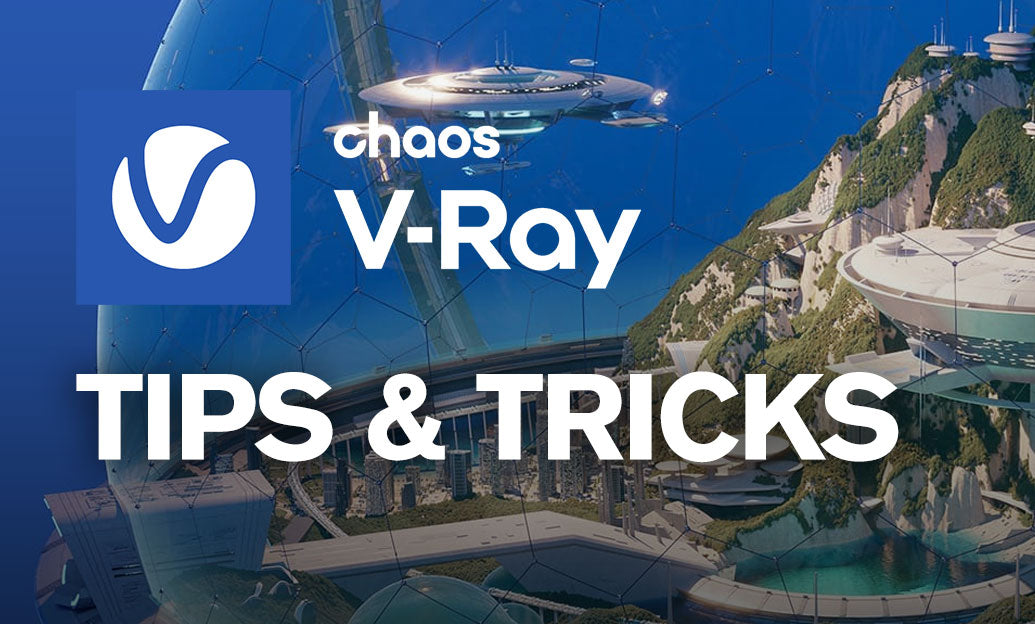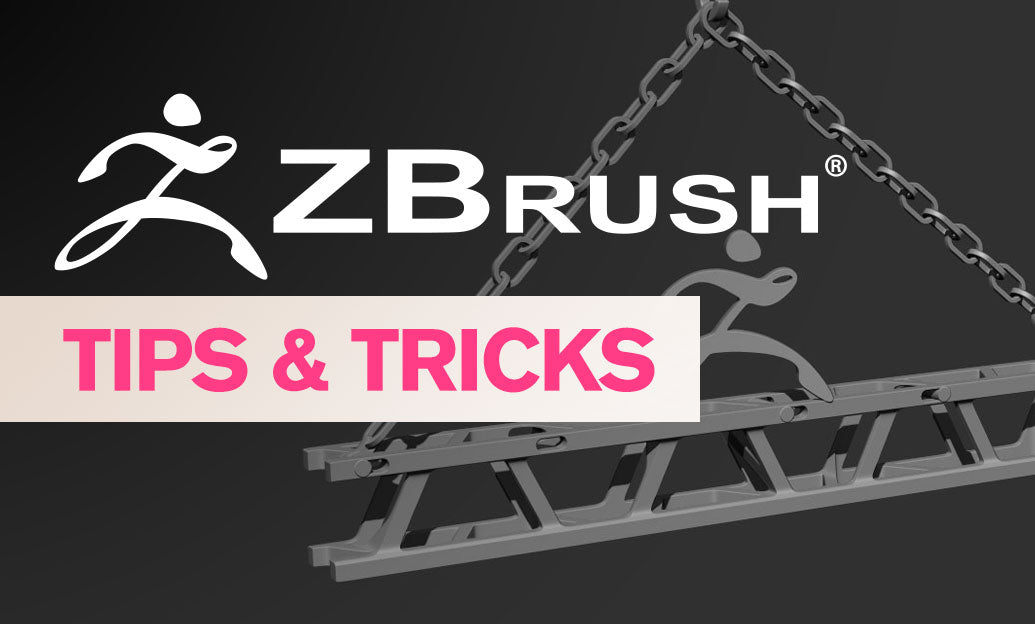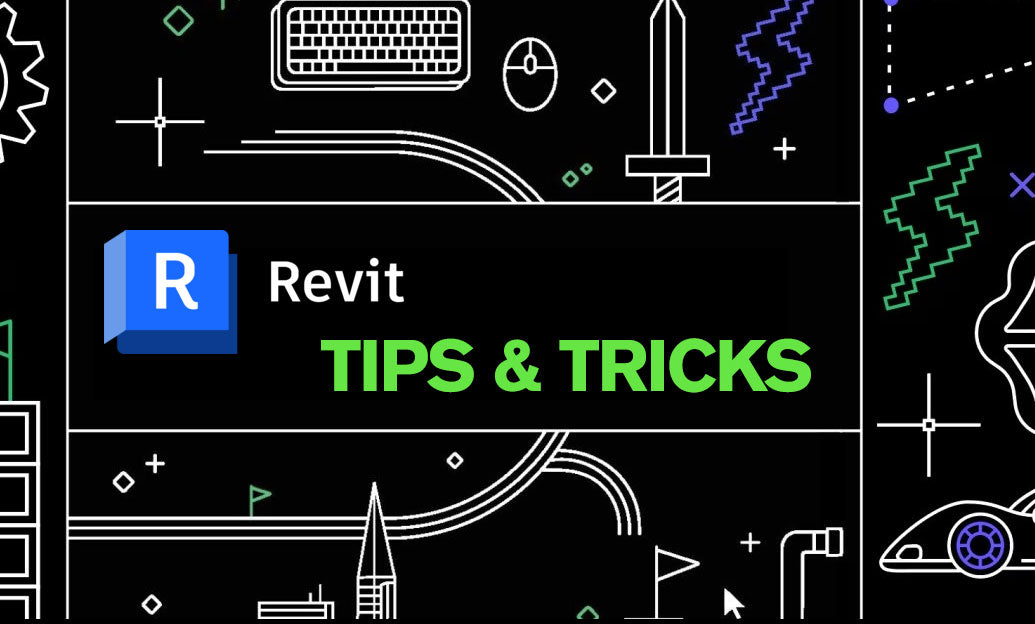Your Cart is Empty
Controlling refraction depth is a fast, reliable way to reduce render time while keeping glass, liquids, and plastics looking believable.
What refraction depth does
- Defines how many times a ray can pass through refractive surfaces before V-Ray stops tracing it.
- Lower values speed up renders; higher values preserve detail through layered glass/liquids.
- Costs grow quickly with each extra bounce, especially in scenes full of bottles, fixtures, or jewelry.
Where to set it
- Per material: VRayMtl > Refraction > Max depth (best for targeted control).
- Globally: Render Settings > V-Ray > Global switches > Max ray/refraction depth (use conservative global, then override on hero materials).
- V-Ray GPU: Render Settings > V-Ray GPU > Trace depth (controls cumulative reflection/refraction bounces).
How to choose the right value
- Count interfaces: every air-glass or glass-liquid boundary is one bounce. Example: bottle (air→glass→liquid→glass→air) often needs 4–6.
- Start low; raise only where artifacts appear (black patches, missing objects behind glass, unnaturally dark cores).
- Use Exit color in VRayMtl to visualize the limit; set it to a bright hue or your environment color to spot early termination quickly.
Practical starting points
- Architecture window glass (single pane, no double glazing): 3–4.
- Bathrooms, bottles, thick acrylics: 5–8.
- Liquids-in-glass (bottle + liquid + ice): 6–10.
- Jewelry/crystal hero shots: 10–14 (raise only as required).
- Background assets or filled shelves not seen up close: 1–2.
Performance and quality workflow
- Set a conservative global depth (e.g., 4), then increase per-material on hero glass only.
- Test with Region Render and Progressive to iterate quickly on problem areas.
- Use the V-Ray Profiler and VFB Stats to confirm refraction bounces are your bottleneck before raising depth.
- Monitor GPU memory on V-Ray GPU; deeper traces increase memory and noise in glossy refractions.
Avoid common pitfalls
- Don’t confuse “Max transparency levels” (cutout/opacity) with refraction depth; they solve different problems.
- Balance reflection and refraction depths. Often, Refl depth can stay 2–3 while Refr depth is higher.
- Use Max ray intensity to clamp extreme fireflies that appear with deep refractive paths and small bright sources.
- For speed, disable refractive caustics unless specifically needed for the shot.
Debug checklist
- Black “holes” inside glass: increase Refraction Max depth or set a non-black Exit color.
- Objects vanish behind glass: raise depth by +2 and retest a small region.
- Noisy glossy refractions: increase samples/quality only after you confirm depth is sufficient.
If you’re tightening a production pipeline, standardize defaults per scene type and escalate depth only on flagged assets. Need licensing, upgrades, or expert advice? Visit NOVEDGE, or browse V-Ray options directly at NOVEDGE – Chaos collection to keep your toolset current and your renders efficient.






